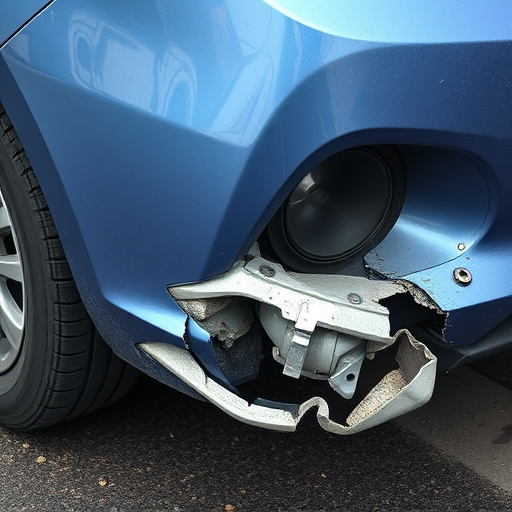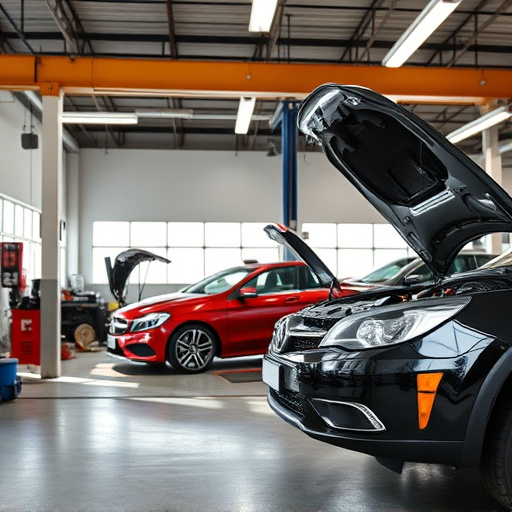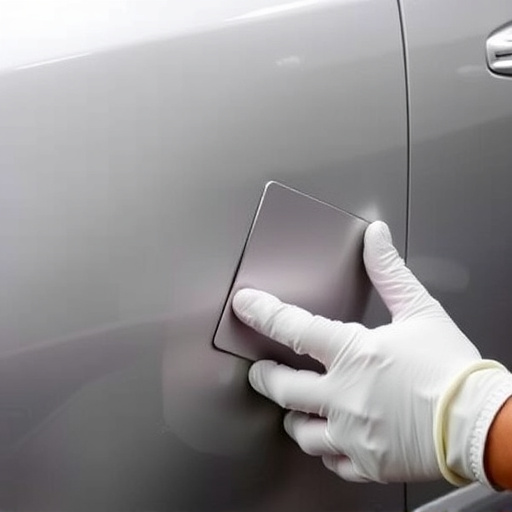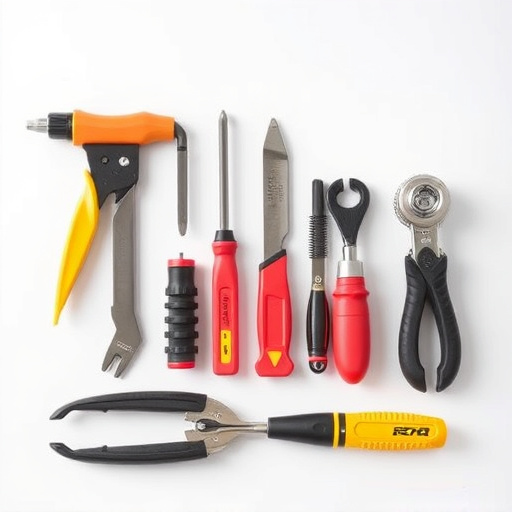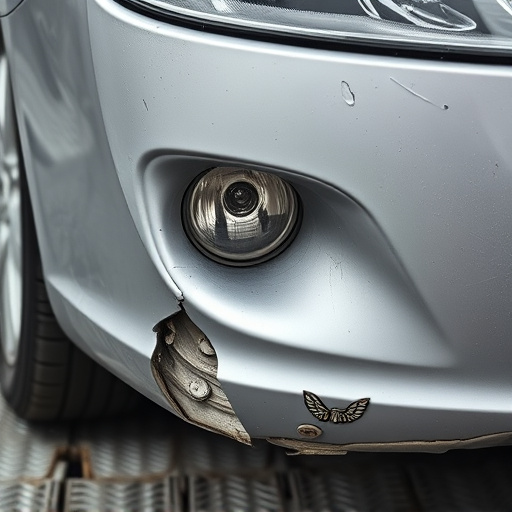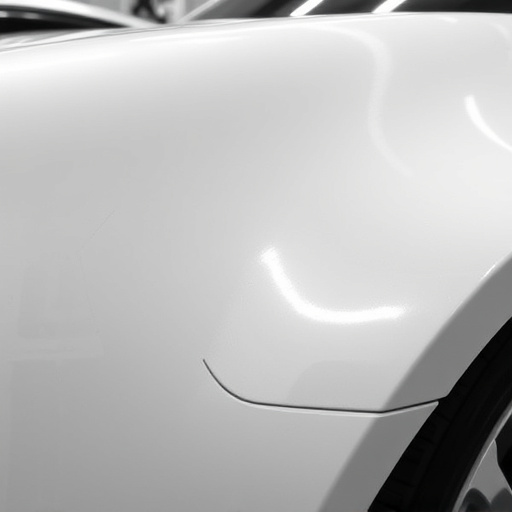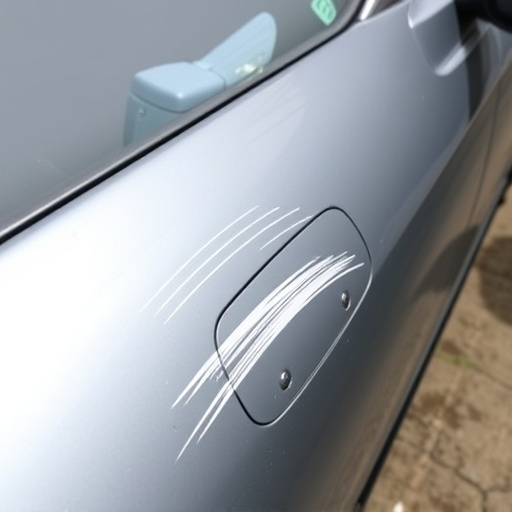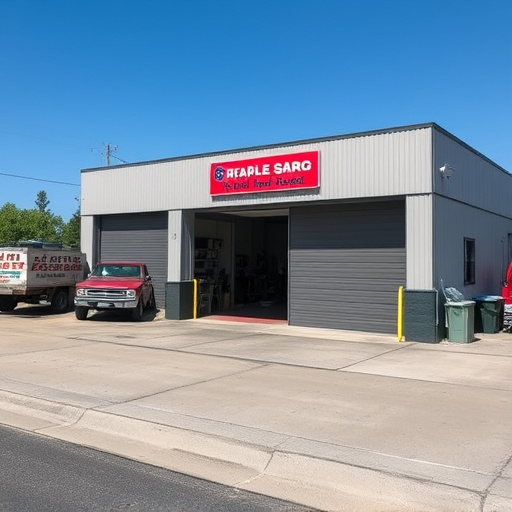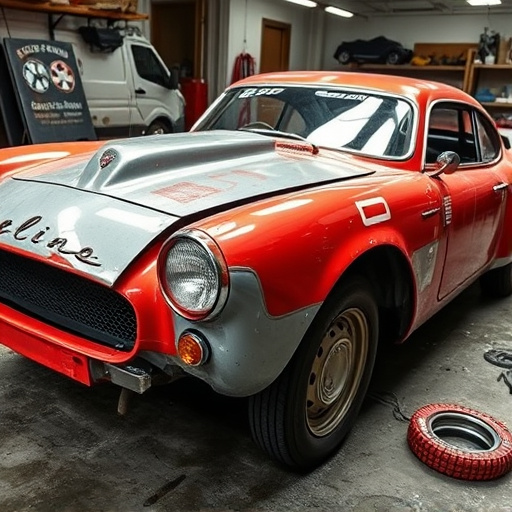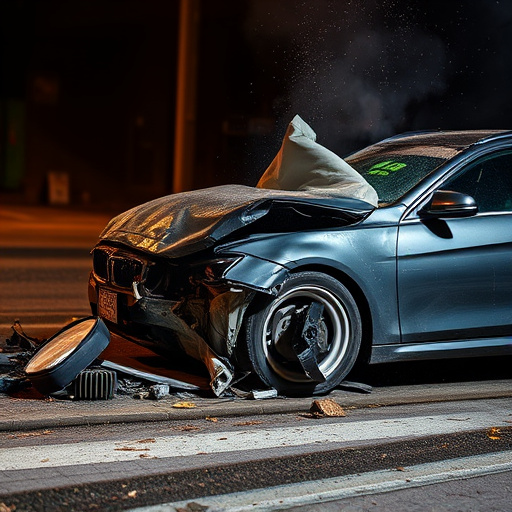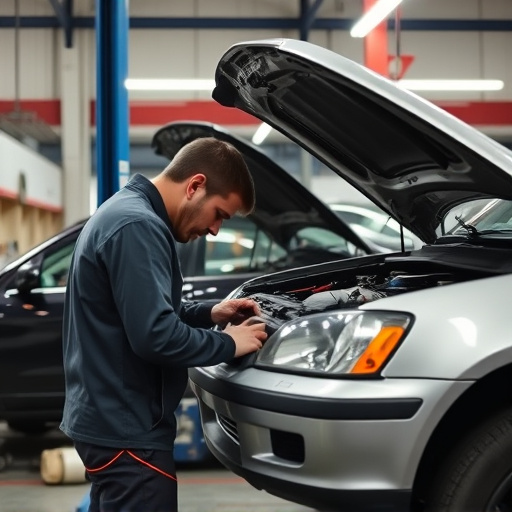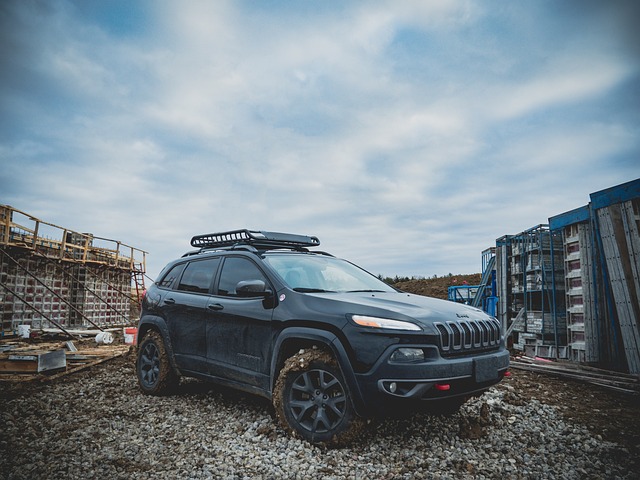In crash damage repair, achieving flawless color matching during auto painting is vital for restoring vehicles to pre-incident condition. Advanced tools like digital color scanners and CAD software, along with high-quality paints, skilled technicians, and standardized procedures, enable precise reproduction of original factory finishes, ensuring long-lasting durability and aesthetic appeal.
In the realm of modern crash damage repair, achieving precise paint matching is paramount to ensuring vehicles return to their pre-accident condition. This intricate process involves advanced paint technology and meticulous techniques to match not just color but also finish and texture. By understanding the factors affecting accuracy and adopting best practices, repair shops can deliver superior results in crash damage restoration, enhancing customer satisfaction and vehicle resale value.
- Understanding Paint Technology in Crash Repair
- Factors Affecting Color Matching Accuracy
- Best Practices for Consistent Paint Matching
Understanding Paint Technology in Crash Repair
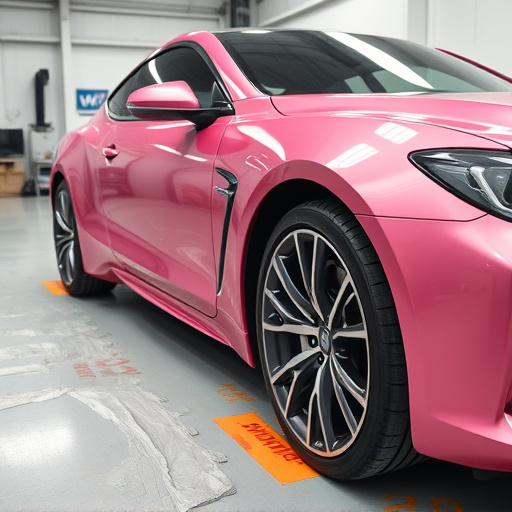
In the realm of crash damage repair, understanding paint technology is paramount to achieving flawless results. Modern vehicle repair shops employ sophisticated techniques and cutting-edge equipment to ensure precise paint matching. This involves intricate analysis of the vehicle’s original paint specifications, color codes, and chemical composition. Advanced tools like digital color scanners and computer-aided design (CAD) software play a crucial role in this process, enabling technicians to identify exact matches or create custom formulations when necessary.
The evolution of paint technology has significantly enhanced the capabilities of crash damage repair shops. With advancements in pigment formulations, resin systems, and application methods, today’s vehicle body shops can reproduce original factory finishes with remarkable accuracy. This not only restores the aesthetic appeal of the vehicle but also guarantees long-lasting durability, protecting the investment of both the owner and the shop. In light of these technological strides, hail damage repair or any form of crash repair is more precise and efficient than ever before, ensuring vehicles return to their pre-incident condition.
Factors Affecting Color Matching Accuracy
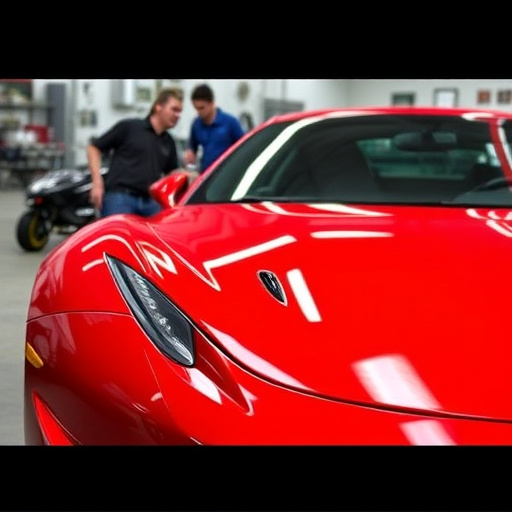
In the realm of crash damage repair, achieving precise color matching during auto painting is paramount to ensure vehicles return to their pre-incident aesthetic condition. Several factors significantly influence this accuracy. One of the primary considerations is the quality and consistency of the paint itself. Different brands and types of paint may have unique formulations, resulting in slight variations that can be challenging to match perfectly. Furthermore, the age and condition of the vehicle’s original paint job play a crucial role; older paints might have faded or altered over time, complicating the matching process.
The skill and experience of technicians in the car repair shop are also essential. Proficiency in color theory and application techniques is vital for achieving accurate matches. Tools used, such as advanced scanning technologies and computer-aided painting systems, significantly enhance this process by providing precise data for mixing colors. Additionally, environmental conditions during painting, including temperature and humidity, can subtly affect paint behavior, necessitating adjustments from experienced technicians to maintain color accuracy in crash damage repair shops.
Best Practices for Consistent Paint Matching
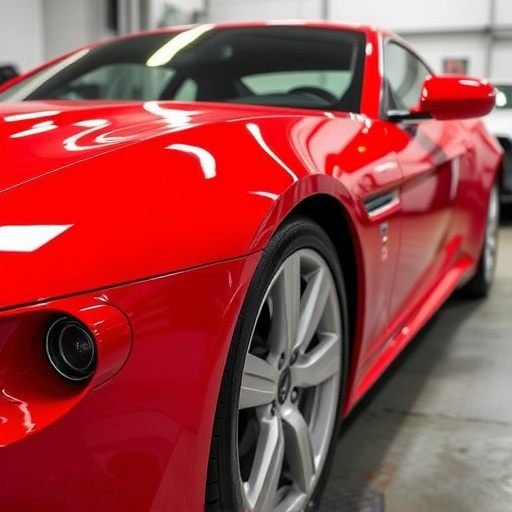
Achieving precise paint matching is a cornerstone of any reputable crash damage repair shop, as it ensures that vehicles return to their pre-accident condition. To maintain consistent results, several best practices should be followed. Firstly, proper surface preparation is vital; this involves thoroughly cleaning and sanding the damaged area to ensure an even base for painting. Using high-quality primers and undercoats tailored to the vehicle’s specific metal composition also plays a crucial role in achieving accurate matches.
Standardized paint mixing procedures are another critical component. This includes utilizing advanced color-matching technology, such as spectrophotometers, to precisely measure and reproduce colors. Trained technicians should follow standardized recipes and consistently apply coats with controlled thickness to avoid variations that could lead to visible discrepancies. Additionally, maintaining a well-organized, labeled, and regularly updated paint inventory ensures accessibility to the correct hues, especially in complex or rare vehicle models.
In modern crash damage repair shops, achieving precise paint matching accuracy is paramount to restoring vehicles to their pre-incident condition. By understanding advanced paint technologies and implementing best practices, professionals can ensure consistent, high-quality results. Factors such as using sophisticated color-matching tools, maintaining a clean work environment, and utilizing standardized procedures are key to overcoming challenges associated with crash damage repair. This holistic approach not only enhances the visual appeal of repairs but also builds trust among customers seeking top-notch vehicle restoration.
